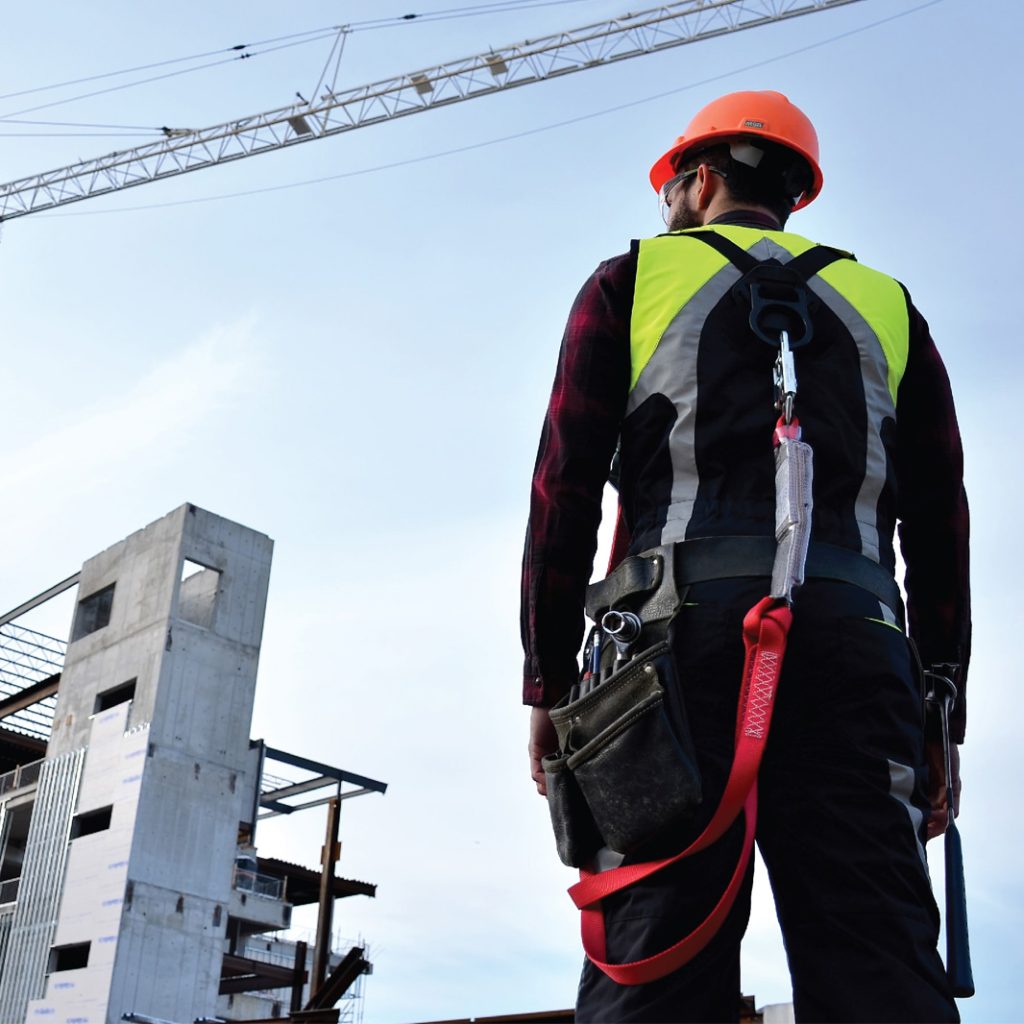Course Syllabus
Work at Height
Provides detailed knowledge of the requirements of the Work at Height Regulations to give an understanding of the different working methods appropriate for different types of work.
Managing Work at Height training course designed for managers, supervisors, clients and specifiers who are required to create, implement and maintain a safe system for work at height.
Includes Introduction to the Use of Fall Protection Equipment (WAHSA), Introduction to Work at Height with additional material relating to managing work at height, including inspection requirements for PPE, emergency planning and work restraint methods, work positioning and fall arrest.
Candidates are able to use their own working environments as a basis for problem solving. Discusses hierarchy of fall protection in detail, covering temporary and permanent scaffolding, mobile elevated work platforms, collective and individual fall protection equipment and ladders. The course explores the difference between restraint, work positioning, fall arrest and points out critical safety factors in each.
What Participants Will Learn to:
- Identify fall hazards
- Properly select and inspect Personal Fall Protection Systems (PFPS)
- Calculate fall clearance distances
- Understand the effect of fall forces
- Utilize methods to reduce fall arrest forces
- Safely use portable ladders and PFPS on Elevated Work Platforms
- Demonstrate the proper inspection, donning and use of a full body harness and associated equipment
- As well as plenty of other valuable information, advice, and protocols on how to protect oneself and all other workers around them.
